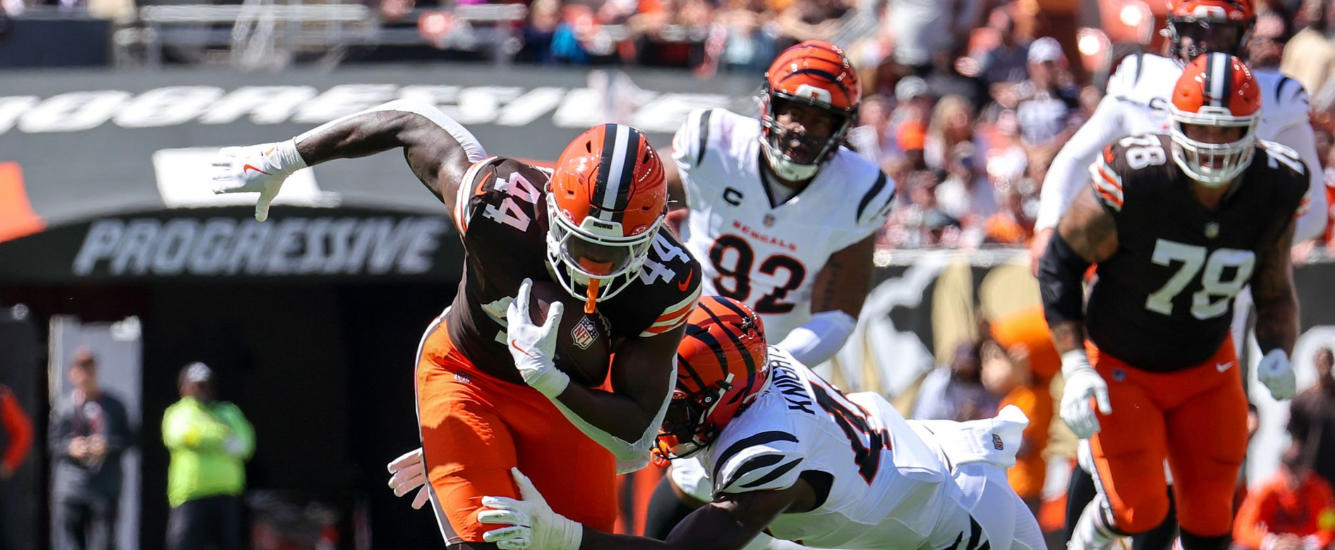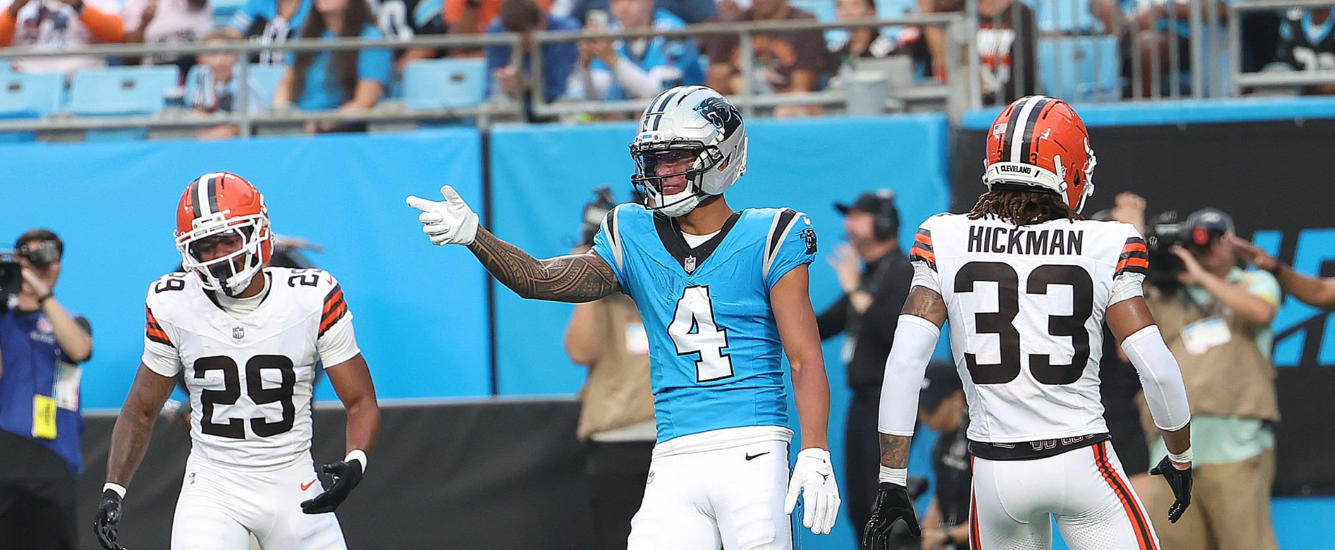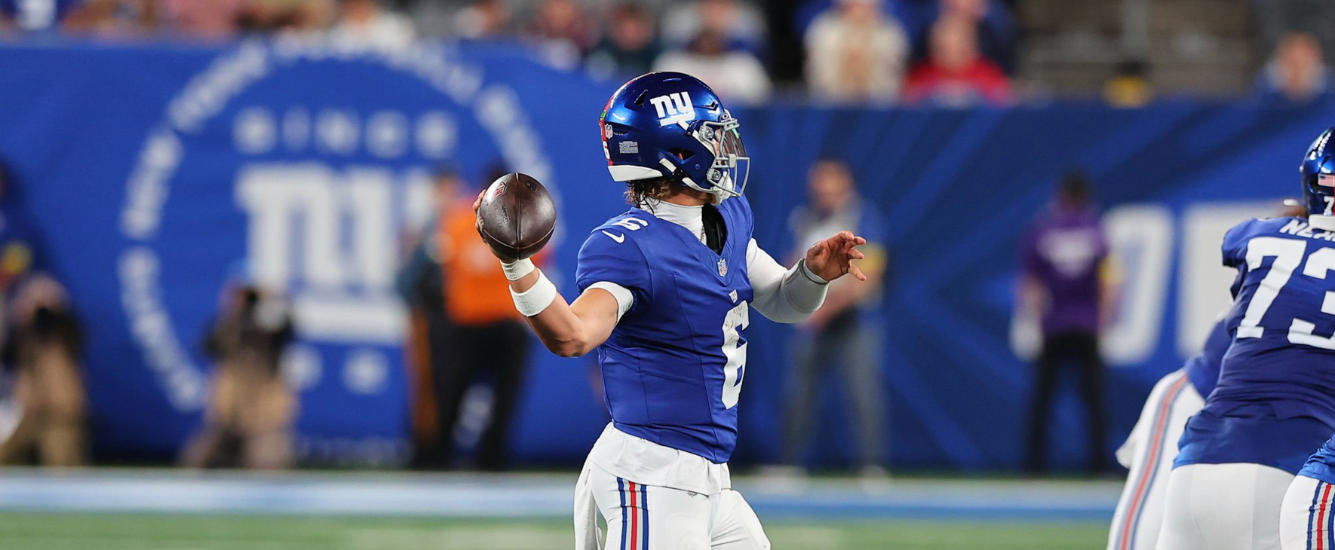Blair Andrews uses expected points and the Weekly GLSP app to find the best possible plays for DraftKings single-entry tournaments. He offers some options both for those who want to stick to a more normal build, and for those who are ready to get really crazy, all supported by the data.
Single-entry GPPs are the purest form of daily fantasy sports. If you aren’t playing in single-entry GPPs, you can never really know your true DFS skill level. Yes, it takes skill to construct a winning cash lineup. And it takes skill to construct an entire portfolio of lineups for mass-multi-entry GPPs. But in single-entry tournaments, you only get one shot, and it has to be your absolute best shot.
Your best lineup will include not only players who are likely to outscore their salary-implied total (the best values), and not only players who have 30 DraftKings points in their range of outcomes (the highest ceilings). You need to find the best values and the highest ceilings that are simultaneously least likely to be found by your opponents. What this requires is not simply better projections, but rather different inputs altogether.
Using Expected Points in DFS
We know that one of the best indicators of future fantasy scoring is past expected points. Expected points are the best way to translate opportunity into potential fantasy output. Opportunity is sticky from one week to the next. Efficiency isn’t. So if we know how much a player’s opportunity is worth, we will have a much better idea of how many fantasy points they should be expected to score.
It turns out that an even more predictive indicator of future fantasy scoring is a player’s share of his team’s total expected points. This is because team expected points are highly variable, and depend on both matchup and game script. But team’s tend to use their personnel in fairly predictable ways. With that in mind, the table below displays the leaders in market share of (non-QB) expected points.


















